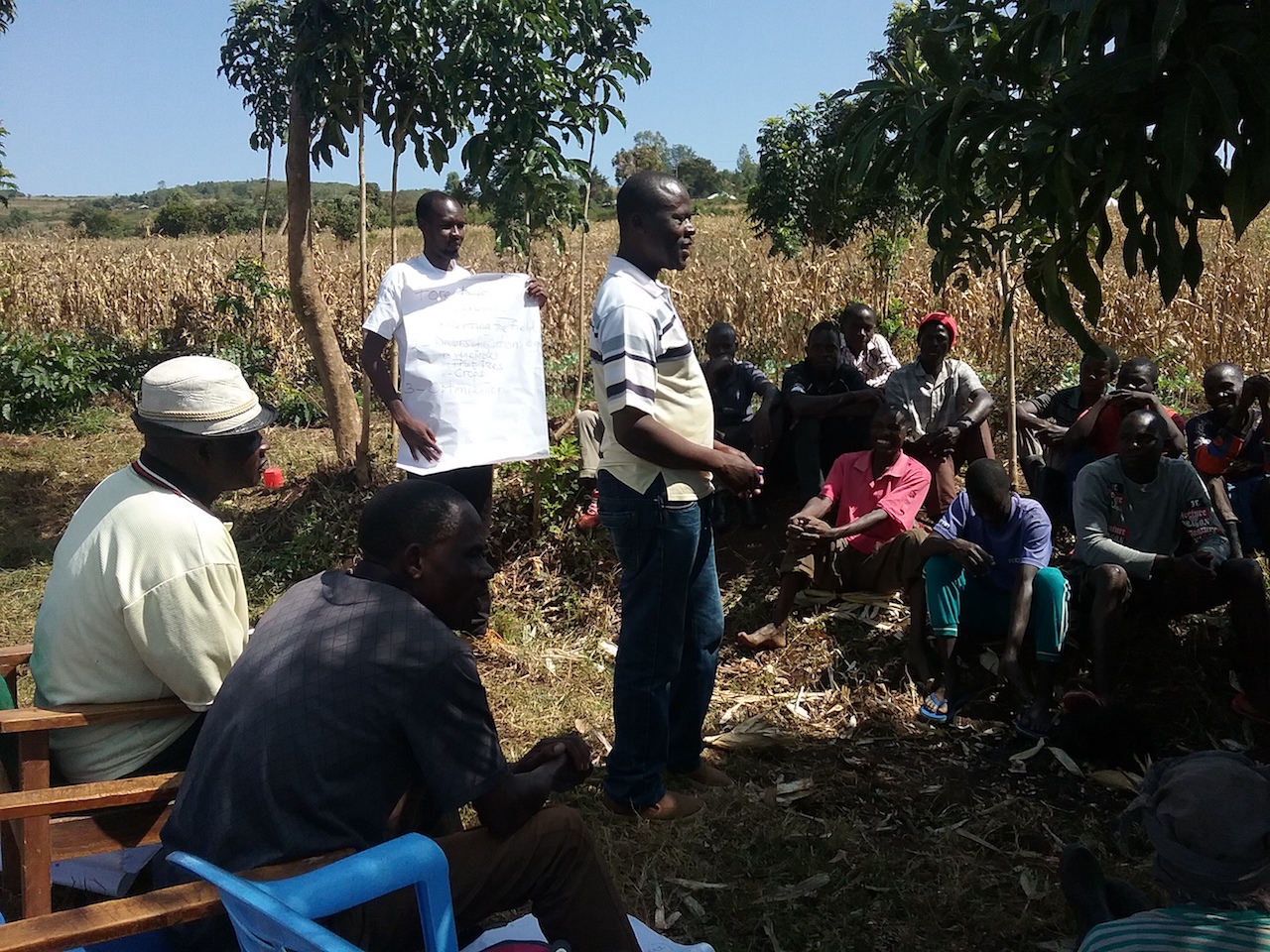Improving Community Livelihoods through Sustainable, Wildlife-Friendly Products
To ensure the long-term sustainability of the YUS CA, local communities must participate in and benefit from its protection. To encourage community engagement and sustainable development, TKCP builds partnerships to address local needs for livelihoods, health, education and skills training.
The YUS Conservation Coffee program is an integrated approach to optimizing supply for a sustainable crop, while building connections to international markets. By selling farm-direct to Caffé Vita and other buyers, YUS coffee farmers earn revenues more than 35% higher than local market rates. Adequately covering production and transport costs, premium coffee export has become an economically viable industry for YUS communities. TKCP is now working to replicate this success among cocoa farmers by working with the PNG Cocoa Board and chocolatiers to improve local cocoa quality and to identify new markets. In addition, TKCP is facilitating the establishment of a YUS Conservation Coffee and Cocoa Cooperative to strengthen the management and marketing of the two crops.
TKCP's community livelihoods programs have fostered community buy-in for conservation, which is further bolstered by environmental education and community health efforts, ensuring the social and cultural sustainability of TKCP.
